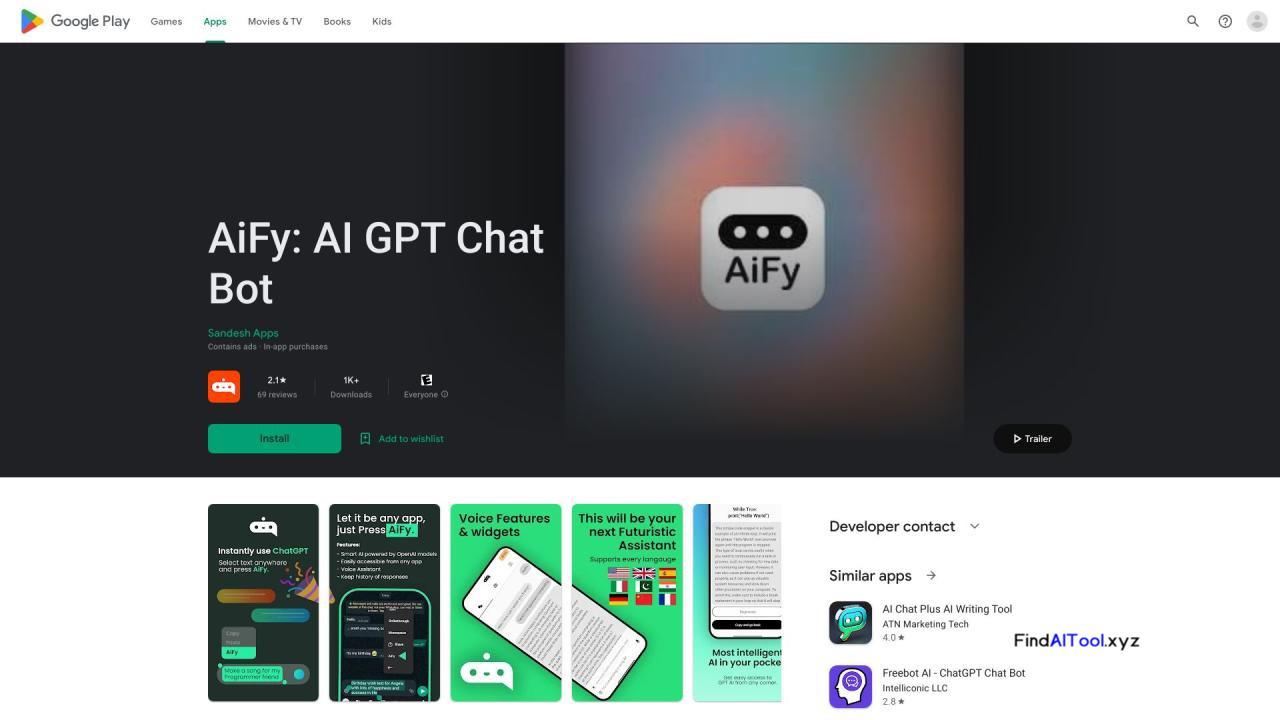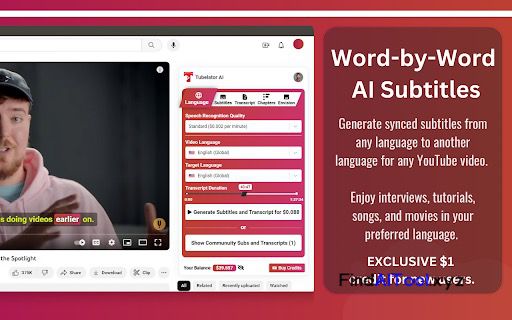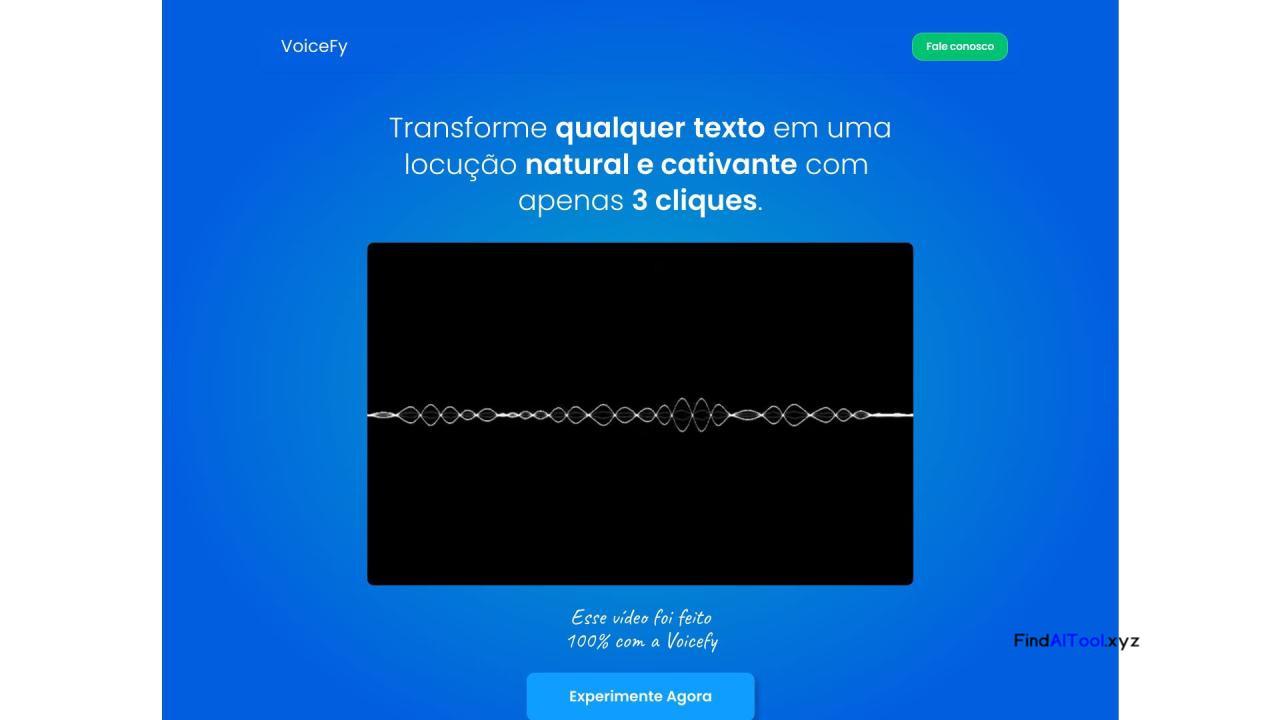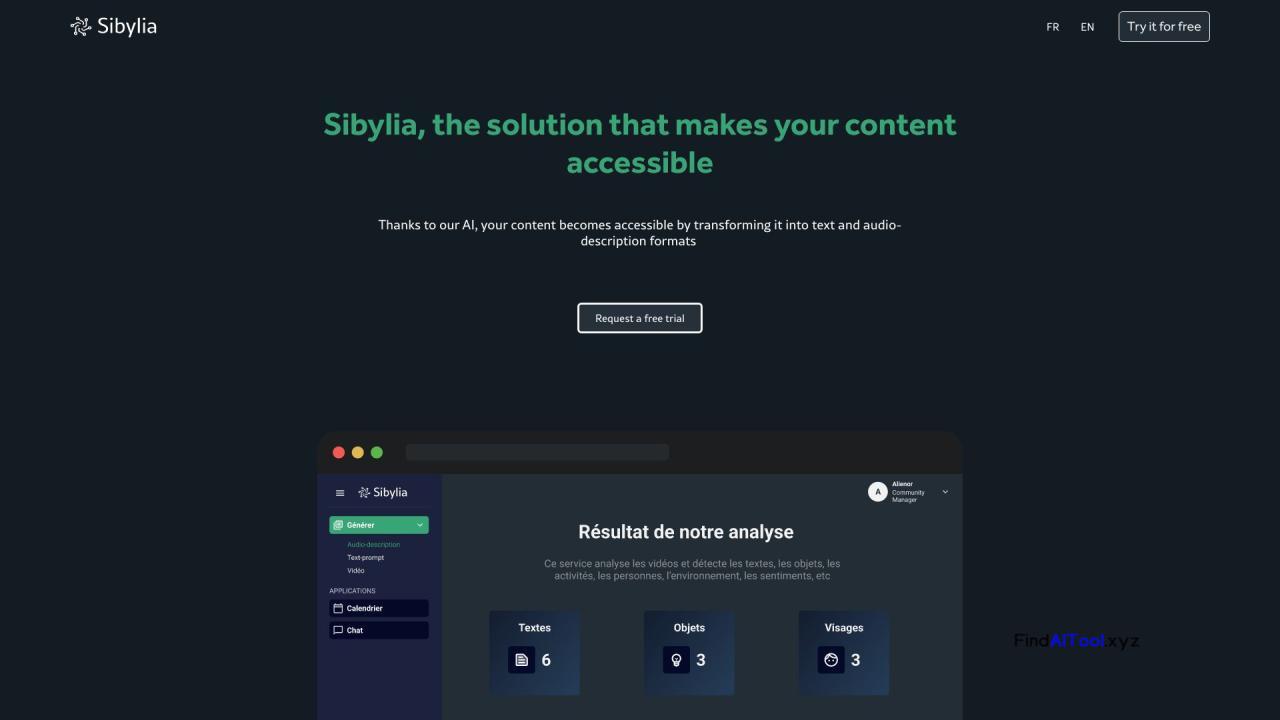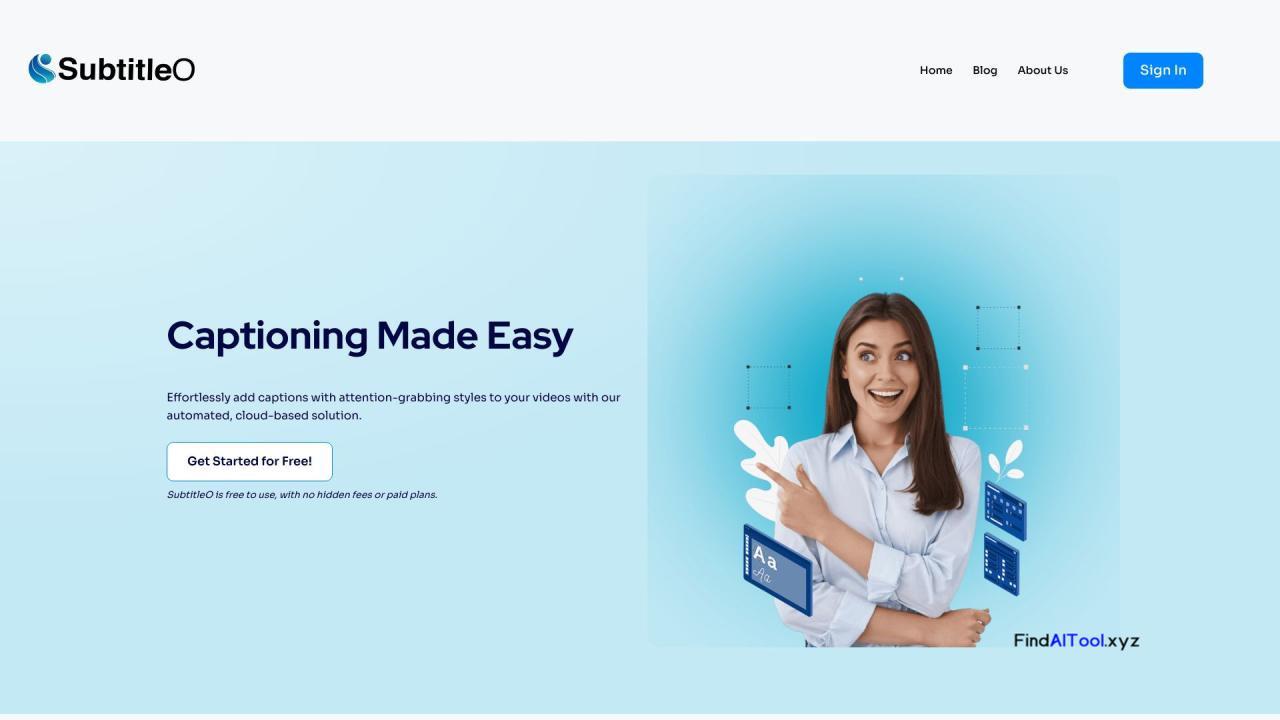Accessibility AI tools enhance digital inclusivity by removing barriers for users with disabilities. These solutions leverage machine learning and natural language processing to provide features like screen readers, speech recognition, and automatic alt text generation. Notable examples include Microsoft’s Seeing AI and Google’s Live Transcribe. By improving user interface adaptability and content perception, these tools foster equal access to digital resources. As AI technology advances, accessibility tools are poised to become more sophisticated, offering increasingly seamless and personalized experiences for users with diverse needs.

